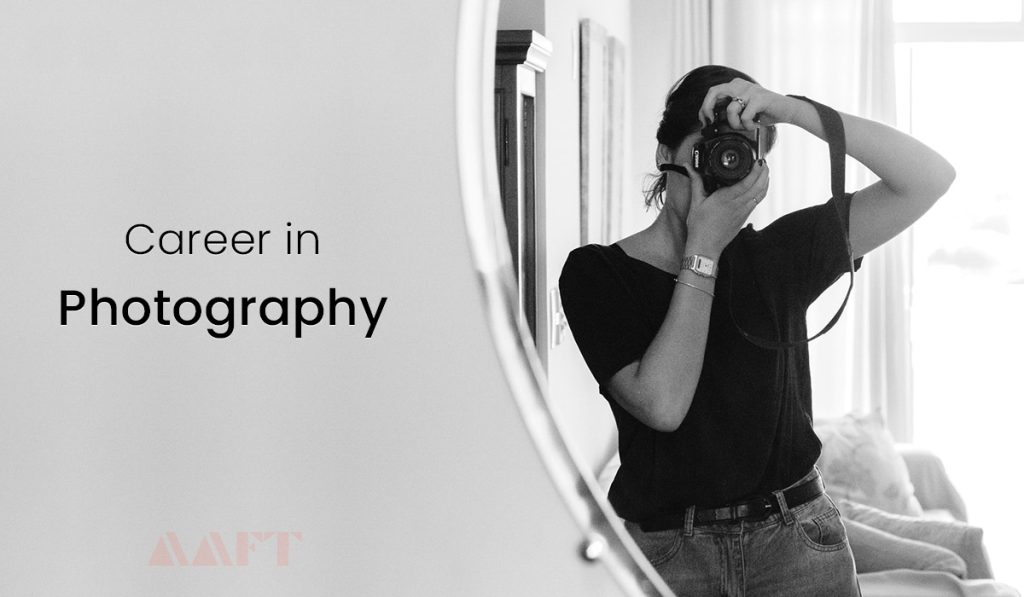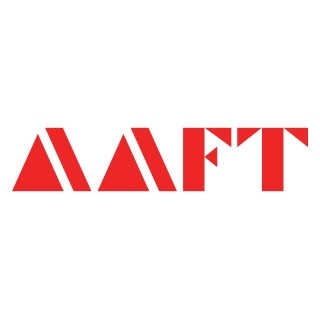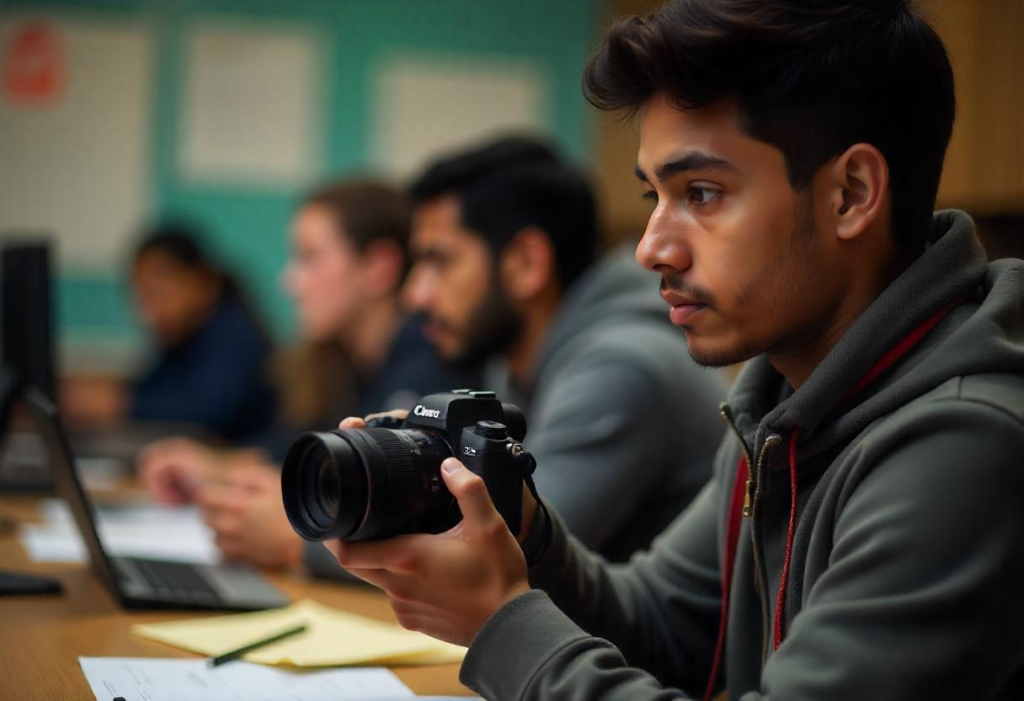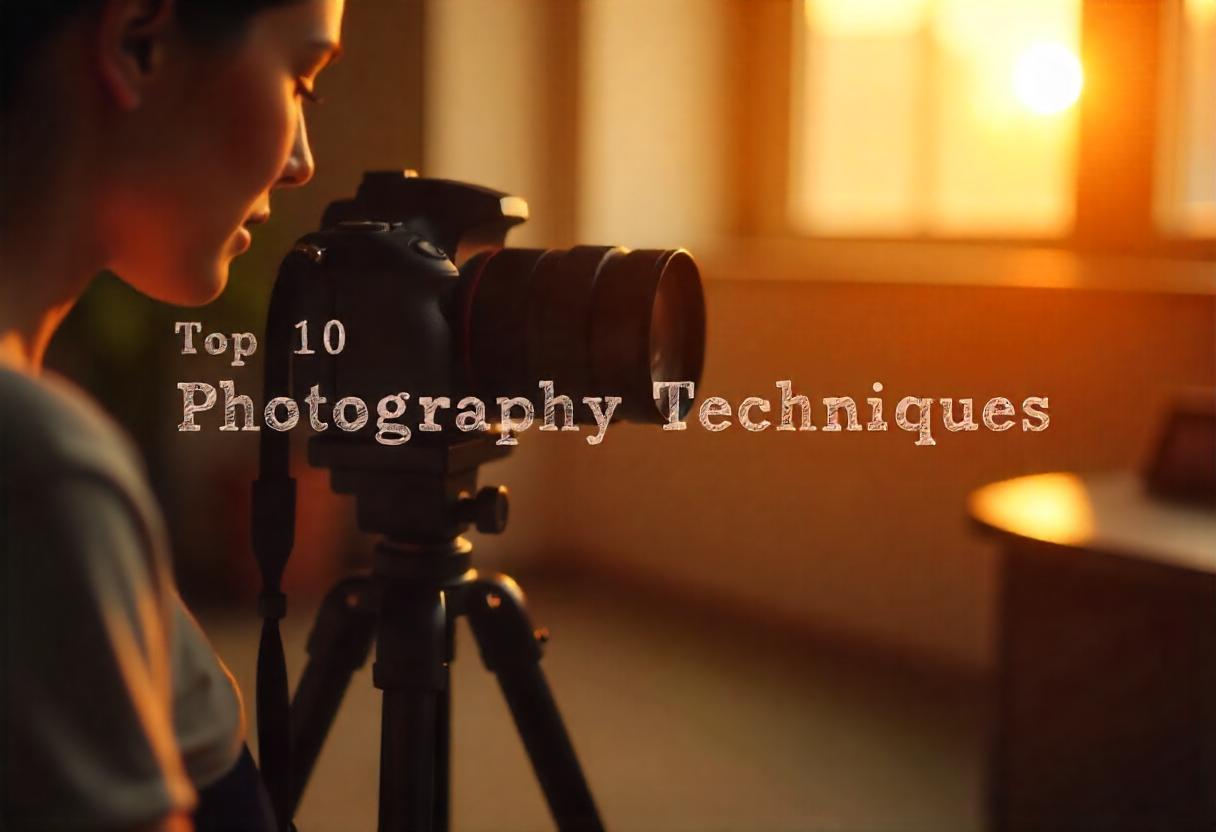How Photography Courses Craft your Successful Career in India
More and more, photography courses are being considered a time-honoring profession in the country. Advertising, media, and fashion are just some of the growing industries, where the need for photographers increases tremendously. With so many digital photography signs changing from a simple hobby into a fun-filling profession, photography is becoming a prized investment for any aspiring budding photographer entering into photography classes.
Many believe that education in photography is necessary to entice more students. A strong base provided by organized education will fine-tune and round out skills, improving technical knowledge, artistic vision, and professional understanding.
The Importance of Formal Education in Photography
1. Structured Learning Framework
Formal education offers a well-rounded curriculum on the core basics of photography, including focusing, composition, lighting, and post-processing techniques. Therefore, students learn theory as well as applied skills in the course structure. For example, the National Institute of Design has an interdisciplinary approach to theoretical knowledge learned with hands-on application and lets students develop their styles professionally, as in other countries and abroad.
2. Access to Professional Cameras and Technology
The institutions usually arrange cameras, lenses, and editing software for students enrolled in photography courses. This can be costly for an individual who learns on its own. Besides, student avails all by trying out techniques with the guidance of professionals. For instance, Light and Life Academy students have worked on some of the best quality equipment that would be current in the industry.
3. Professional Feedback and Critique
Do you want free career counseling?
Ignite Your Ambitions- Seize the Opportunity for a Free Career Counseling Session.
- 30+ Years in Education
- 250+ Faculties
- 30K+ Alumni Network
- 10th in World Ranking
- 1000+ Celebrity
- 120+ Countries Students Enrolled
An education setting is provided where actual students receive constructive criticism from experienced teachers. Therefore, those comments are useful for development as they would also indicate high and low areas for any photographer. Thus, by interacting with colleagues, one can have a positive spirit that encourages creativity and innovation.
4. Chance to Specialize
Most photography programs provide tracks or specializations in portraiture, commercial photography, and photojournalism which can help students develop specific skills that meet pupils’ intended careers. As an example, a rookie interested in a possible career in wildlife photography might learn all of the relevant techniques while attending classes focused on that niche.
Without a doubt, self-study creates gifted photographers, but formal training affords numerous advantages that greatly improve one’s chances of success in a photographic career. From learning in highly structured environments and access to high-end equipment to networking opportunities and learning within specialty areas, the benefits of formal education are tremendous. Photography is being revolutionized by technology, although aspiring photographers need a sound educational basis if they want to become successful in this environment changing every second of the day.
Book Now →

Scope, Opportunities, and Growth
The Indian photography industry is worth over one lakh crores and is growing at a rate of about 25-30% every year. The most important factor for this growth is going to be digital photography replacing conventional forms of photography, which has brought the entry barrier down for new photographers and entrepreneurs.
Professional photographer demand is there in numerous sectors:
- Commercial Photography: Captures images on advertising, products, and corporate events.
- Wedding and Event Photography: This very vigorous sector is still thriving to make events more eventful and grand.
- Photojournalism: Providing images to news outlets ties the photographer to both art and ethics in journalism.
Educational Routes
Photography formalizes what is most likely to be an improvement in one’s career. Several institutions offer these degrees, diplomas, and certificate courses, which include theory and practical aspects of photography:
Do you want free career counseling?
Ignite Your Ambitions- Seize the Opportunity for a Free Career Counseling Session.For example:
- Bachelor’s and Master’s Degrees: Generally range from 3-4 years with a very comprehensive training program.
- Diploma courses, which range from 6 months to 1 year, are for those who want to get into work as soon as possible.
Top Institutions: Some of the best institutions for a photography course in India include: the National Institute of Photography, Amity School of Communications, AAFT, and Light and Life Academy.
Salary Expectations: Salaries regarding photography vary greatly with experience, specialization, and location. The average ranges for the following roles are as follows:-
- Photo Editor, 2-4 LPA ;
- Wedding Photographer, 3-6 LPA ;
- Fashion Photographer, 1.1 to 5.5 LPA ;
- Advertising Photographer; 2-4 LPA ;
- Senior Photographer, 2.4-10 LPA.
The salaries that entry-level graduates can expect will be between INR 2 and 3 LPA but may increase rapidly with experience and a good portfolio. These amazing benefits of photography should be weighed along with the challenges and other considerations that accompany it.
High Competition: The field is competitive, and photographers need to continuously improve their skills and keep building their portfolios.
Market Saturation: There are too many aspiring photographers in the market. Hence, the artist must stand up.
Technology has affected the photography profession by redefining how photographers work, connect with clients, and explore further avenues. In January 2025, several new fields in photography are bulging due to technological advancements.
Top Developments in Technology
1. Artificial Intelligence (AI) in Photography
Continuously evolving technology, AI is conquering the way people capture and edit images in photography today. Modern cameras equipped with AI features enhance the experience of the user by providing:
- Smart Autofocus: AI-powered autofocus systems are mainly meant to enhance the sharpness of the photograph; they can now detect and track subjects more accurately, hence ensuring sharp focus under even difficult conditions.
- Automated Editing: AI tools now perform automated editing processes, whereby adjustments like exposure and color balance are done without any intracation into the photographer’s work, which allows him/her much more room for creativity as opposed to worrying about technical detail.
2. Virtual Reality (VR) and Augmented Reality (AR)
VR and augmented reality create new experiences that radically change the way photography is consumed:
- VR Photography: This allows viewers to experience 360-degree environments; this proves most useful in real estate and travel marketing. Virtual reality content is being explored by photographers for a different business opportunity.
- Augmented Reality Applications: More importantly, the integration of augmented reality can, from the commercial aspect of photography, do wonders by presenting products in a far better way where customers can, before buying products, get a sense of placing it in their own spaces. Photographers specialized in augmented reality can also partner with brands to create memorable experiences for consumers.
3. Digital Marketing and Presentation of a Portfolio:
The emergence of online platforms has transformed the old way of showing a photographer’s art to cold potential clients:
- Online Portfolio: It now serves as a globally viable avenue for reaching an audience through establishing the international professional online profile of a photographer via a platform like Squarespace and Adobe Portfolio. They make it a lot easier for a photographer to use the marketing prowess of these websites.
4. Trend techniques in photography emerging.
Novel techniques emerge every time technology advances.
- Computational Photography: This combines the former traditional photography with artificial intelligence, such that the photographer can apply techniques as HDR imaging and focus stacking to improve image quality substantially.
- Drone Photography: Drones enable obscure perspectives in a view that couldn’t be seen by any human eye before; they have opened windows in landscape photography and event photography.
Career Implications
With the fast-evolving technology, photographers find themselves in a never-changing techno. Physical stress, and adapting to it becomes the norm. Here are a few ways forward:
- Permanent Learning: Attached to an online school, a photographer may attend workshops, both online and offline, all of which will engage with the best of their updated tools and trends.
- Diverse Skills: Specialized abilities beyond the traditional photography taxonomy, including video production and expertise in augmented reality, would set a photographer apart from the multitude.
Indeed, photography technology keeps changing to improve and extend the career reach of flexible and responsive people. Areas like AI-aided photography, VR/AR applications, and digital marketing platforms have now become the future for most careers in this industry. Keeping abreast of changes will enable photographers to harness the advantage of such developments for building successful careers in a constantly changing environment.
Conclusion
Finally, joining a photography course in India is worthwhile considering as a career option. One of the bright sides of this profession is that apart from the fact that it shows healthy growth in the industry, it provides several opportunities spanning various sectors, and the opportunities for high earnings are also quite attractive. However, success requires a commitment to mastering this fine trade and building a strong network.

AAFT has been providing the world with limitless creativity and expression since 1993! Through a dynamic and industry-driven curriculum, AAFT provides engaging and captivating articles to persuasive blogs and empowers its readers to explore diverse avenues of creative media education-related content.






